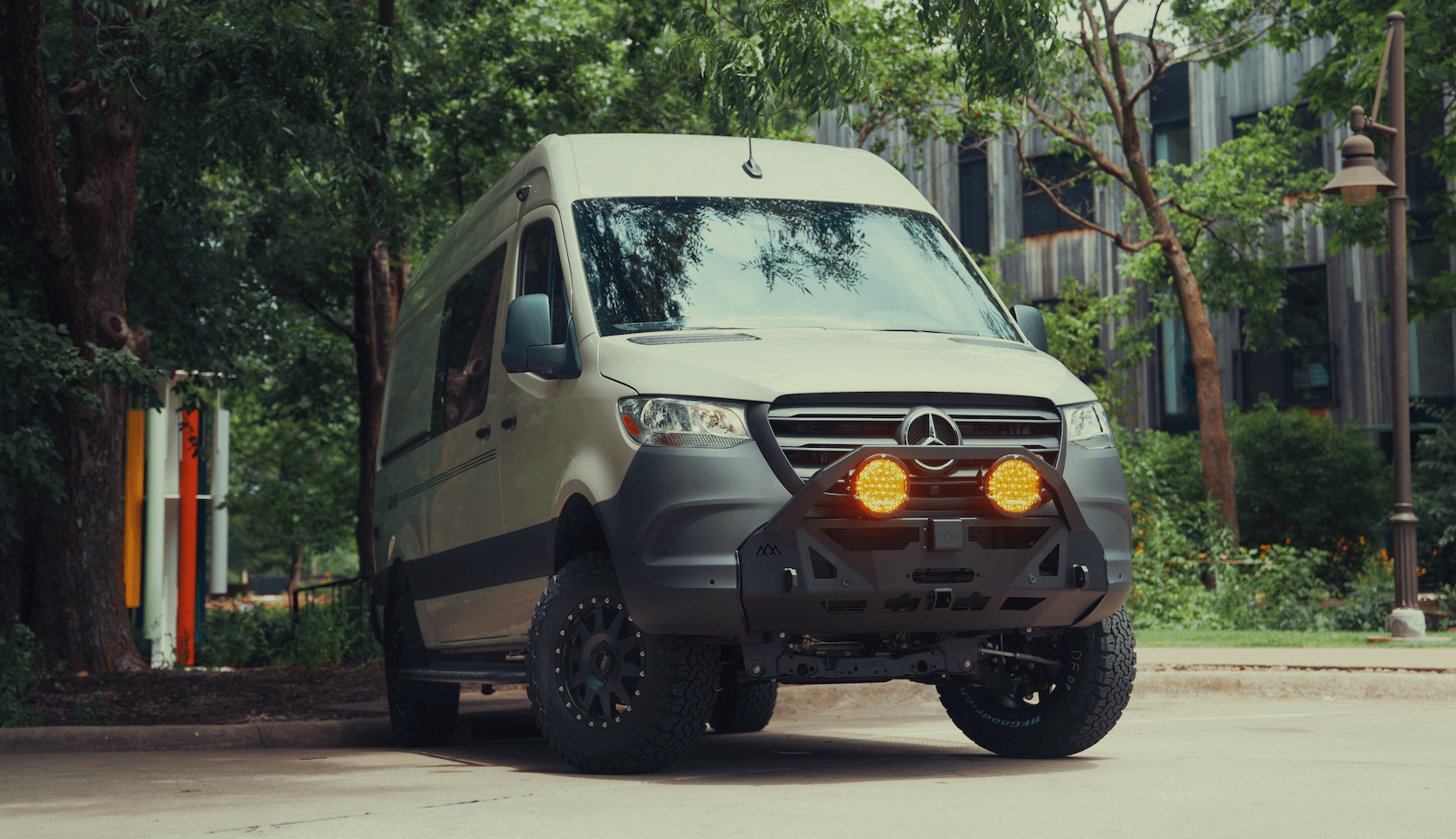Recreational Vans

Modular vans are built around flexibility. Instead of fixed cabinetry, builders use track rails, t slot extrusions, and quick release anchors so seating, beds, and storage can shift as needs change. One weekend you carry bikes and boards, the next you slide in a bunk and galley. This approach protects usable volume, keeps weight where it belongs, and lets you iterate without starting over.
Common modular elements include:
The magic is not only in parts that move, but in the planning. Weight must sit low and centered. Clear airflow for ventilation and heating matters. Wiring and plumbing should run in accessible chases, so upgrades or repairs do not require demolition. Done well, modular vans feel calm and purposeful, not cluttered.
L track and seat rail floors spread loads and give you repeatable anchor points. With proper backing plates and certified hardware, these systems keep passengers and cargo secure while enabling fast layout changes.
Dinette to bed transitions should take seconds, not minutes. Hinged slats, lift platforms, and roll tops turn seating into sleeping without heavy lifting, and they preserve storage underneath.
Soft cubes, compression nets, and fitted drawers prevent rattles and protect gear. Divide the van into zones so cooking, sleeping, and cargo each have a home.
In the United States, the phrase hybrid camper van has two common meanings. First, it can describe a hybrid powertrain vehicle that blends gasoline with electric drive for better efficiency in city traffic. Second, it is often used for a hybrid camping system that combines lithium batteries, solar, alternator charging, and shore power to run appliances quietly. Both versions aim to stretch range and comfort.
Hybrid powertrains change the driving experience. Regenerative braking captures energy on descents, while electric assistance helps launch a loaded van without drama. For the living space, a hybrid energy system powers induction cooking, refrigeration, ventilation, and heat pumps, all while keeping generators off. The result is a quieter campsite and fewer fuel stops.
Hybrid vehicles shine in stop and go cities, while efficient diesel or gas engines may still lead for long highway miles. Consider service networks, payload ratings, and towing needs when comparing platforms.
A balanced system pairs a safe lithium bank with smart charging from solar, alternator, or shore. Clear monitoring and labeled breakers make troubleshooting easy on the road.
Insulation, vapor control, vent fans, and heat pumps or diesel heaters keep humidity and temperature in check. Quiet climate control adds real rest between big days outside.
Vans camper vans run on the same fundamentals that make any road trip enjoyable. Start with payload, wheelbase, and roof height. A short wheelbase parks easier in cities, a long wheelbase carries bigger beds and bikes inside. High roof shells provide stand up comfort, but they add crosswind sensitivity. Sprinter, Transit, and ProMaster each offer strengths in power, dealer network, and interior geometry.
Think about the people who ride and sleep in the van. Tall travelers often prefer east west beds with flares or true north south layouts. Families appreciate a removable second row and a dinette that becomes a kid bed. Cook where you are comfortable. Indoors offers shelter in bug season, outdoors keeps smells and heat out of the cabin.
Safety and serviceability deserve top billing. Every seat needs a tested anchor, and every heavy object requires proper tie downs. Electrical systems should use listed components, the right wire gauge, and correct overcurrent protection. Plumbing must be drainable for winter storage. The goal is a quiet, rattle free drive and a cabin that functions predictably in rain, heat, and cold.
Modular design helps a camper grow with you. Start with essential power, insulation, ventilation, and bed. Add a galley, storage, and climate control after a season of real travel. Even if you choose a hybrid camper vans USA setup from day one, leave space for new hobbies and longer routes.
A thoughtfully planned modular van removes friction from every mile. Materials that resist moisture and vibration last longer. Clean wiring lowers heat and protects batteries. Ergonomic bed heights, step in points, and lighting reduce fatigue. If you want a hybrid camper van United States build to feel seamless, invest most in the fundamentals you touch every day.
OZK Customs builds complete custom vans and partial upfits that follow these principles. We map weight, airflow, wiring paths, and service access before a single panel is cut, then we install seat rail or L track floors, modular galleys, and efficient power that supports induction cooking and air conditioning where appropriate. Pickup in Fayetteville Arkansas is simple, and Adventure Point lets you test systems before you head out.
Strong planning makes travel feel like second nature. If you are exploring modular vans or comparing hybrid camper vans USA energy options, our team can translate your routes, climate, and gear into a layout that fits now and still adapts later.
Tell us how you travel, who rides along, and what you carry. We will turn that into a clear scope, timeline, and a van that is easy to live with on day one.
Recreational van builds Custom build process Mainstream vans optionsReady to design a modular hybrid camper van built for your routes and seasons? Share your wish list and timeline. OZK Customs will propose layouts, materials, and power systems that fit how you travel, then deliver a finished rig that works the first day you pick it up.
ADDRESS:
6159 E Huntsville Rd, Fayetteville, AR 72701
PHONE:
(479) 326-9200
EMAIL:
info@ozkvans.com